Genetic exchange between strains of Campylobacter can make them more virulent and resistant to antibiotics
New research from North Carolina State University concludes that Campylobacter bacteria are persistent during all phases of poultry production, from the farm to supermarket shelves. Two of the most common strains are exchanging genetic material, resulting in more infectious antibiotic-resistant strains.
Poultry is a known reservoir for Campylobacter, a well-known group of foodborne bacteria, spread primarily through the consumption of contaminated food products. It causes symptoms commonly associated with food poisonings in humans, such as diarrhea, fever, and cramps. However, Campylobacter infections are also one of the main precursors to Guillain-Barré syndrome, a serious complication that can cause permanent disability and paralysis.
"There are two strains of Campylobacter that concern us: C. coli and C. jejuni," explains Major Dawn Hull, an army veterinarian, a doctoral student at the University of North Carolina, and lead author of the study.
"C. jejuni causes up to 90% of human Campylobacter infections, although the good news is that this strain is less likely to carry multidrug-resistant genes. C. coli is twice as likely to contain multidrug-resistant genes but is a less effective human pathogen. Multi-drug resistance means that bacteria have genes that are resistant to three or more classes of antimicrobials. "
According to corresponding author Sid Thakur, professor of population health and pathobiology and director of global health programs at the University of North Carolina College of Veterinary Medicine, both strains are commonly found throughout the North Carolina poultry production process samples for the study were collected.
"Since Campylobacter has a fairly plastic genome, the strains can exchange genetic material," says Thakur. “If C. coli begins to absorb a large amount of genetic material from C. jejuni and increases its virulence, it will cause a greater number of antibiotic-resistant infections, which could become a major public health problem. Similarly, if C. jejuni acquires antibiotic-resistant genes from C. coli, the same thing happens. "
The team sampled chicken and turkey at retail stores in North Carolina during 2018 and 2019. In addition, they compared Campylobacter isolates from meat with U.S. Department of Agriculture (USDA) samples taken from poultry farms and production facilities. That same area.
C. coli was most prevalent in farms and production facilities, with 54% and 60% for chicken isolates, respectively. jejuni was found in 69% of retail chicken meat.
They then took the food and meat isolates to detect antimicrobial resistance (AMR) genes and found that 90% of C. coli and C. jejuni contained at least one AMR gene. In comparison, 43% contained genes for resistance to three or more classes of antibiotics. In addition, 24% of C. jejuni included genes for resistance to fluoroquinolones, the "last line of defense" against Campylobacter.
Finally, the team recorded the appearance of significantly more new Campylobacter strains (21) in 2019 compared to just two in 2018. This indicates extensive changes occurring in the Campylobacter genome that can increase its virulence and drug resistance profile.
"If you go to a supermarket and choose 10 different chicken breasts, four will have Campylobacter, and of those four, at least one will have fluoroquinolone-resistant Campylobacter," Thakur explains. “This trend has been fairly constant for the last 10 years. It's worrying to see a sudden jump in resistant sequence types. "
"This study shows that a genomic exchange is taking place between C. coli and C. jejuni, and that there is increasing antimicrobial resistance in Campylobacter found in North Carolina poultry production," Hull adds.
"Campylobacter is the world's leading cause of foodborne illness, so monitoring this exchange is crucial to prevent transmission and provide future treatments," she concludes.
Dawn Hull, Erin Harrell, Maria Correa, Siddhartha Thakur, Arnoud van Vliet. Antimicrobial resistance and interspecies gene transfer in Campylobacter coli and Campylobacter jejuni isolated from food animals, poultry processing, and retail meat in North Carolina, 2018-2019. Published: Online Feb. 11, 2021 in PLOS One. 10.1371/journal.pone.0246571




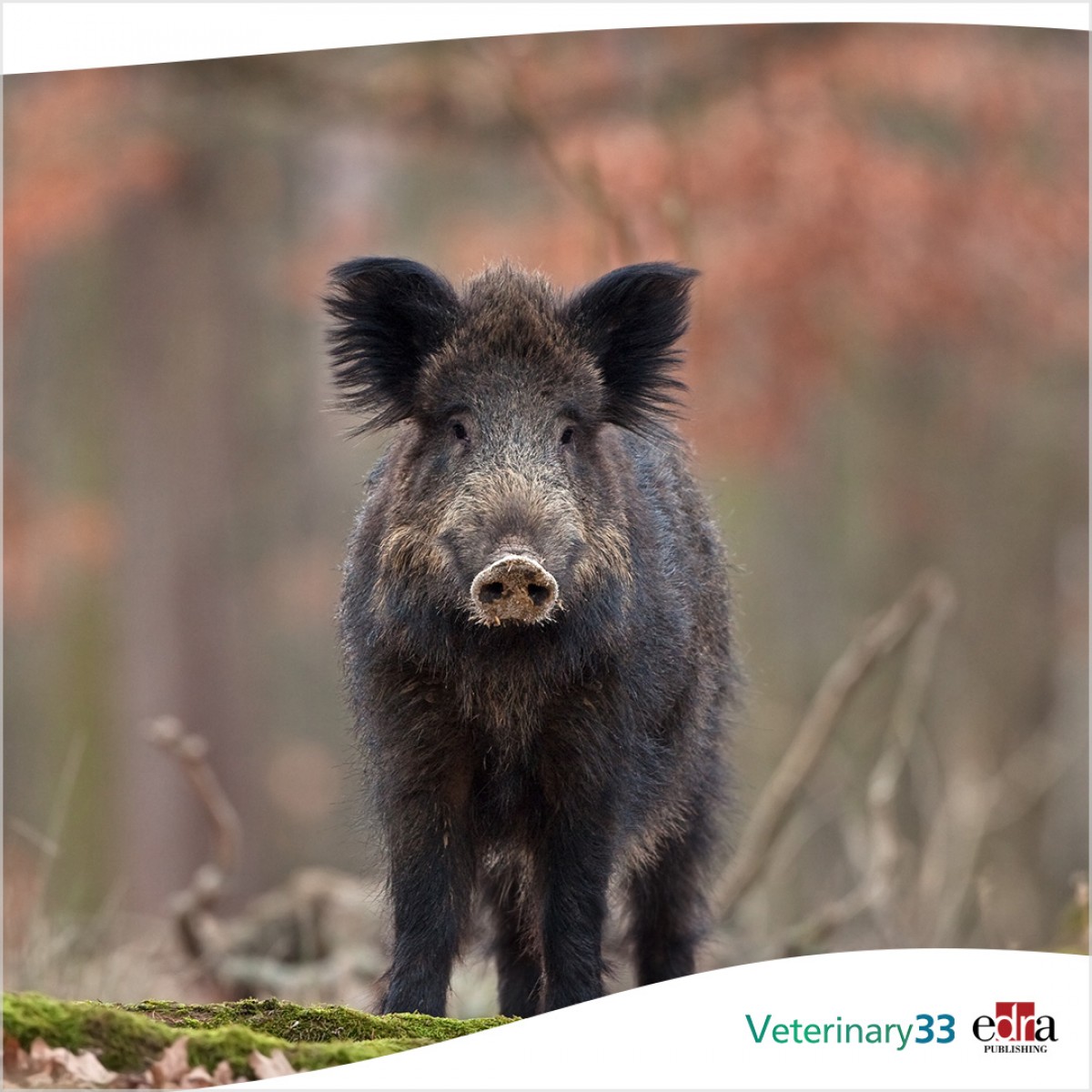
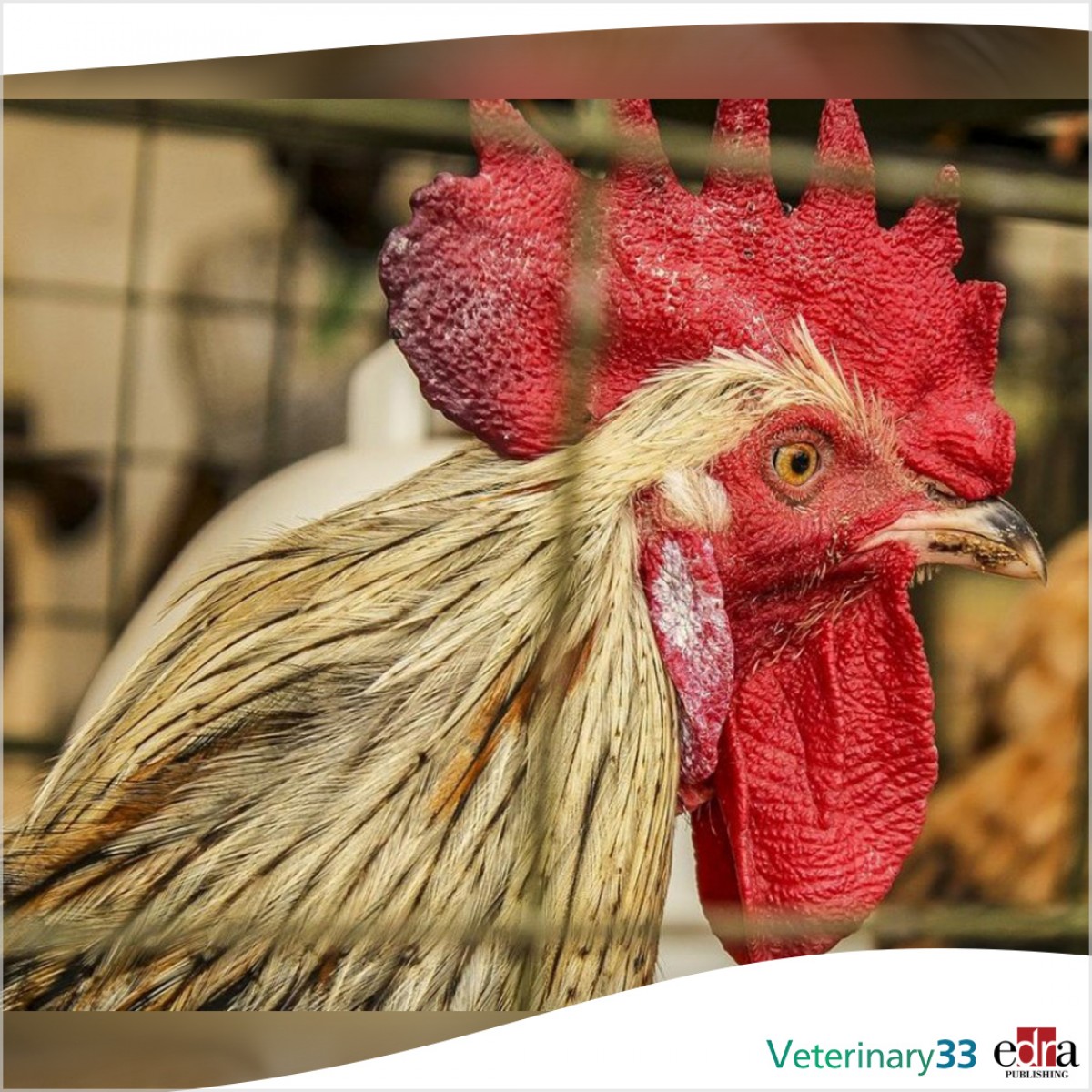
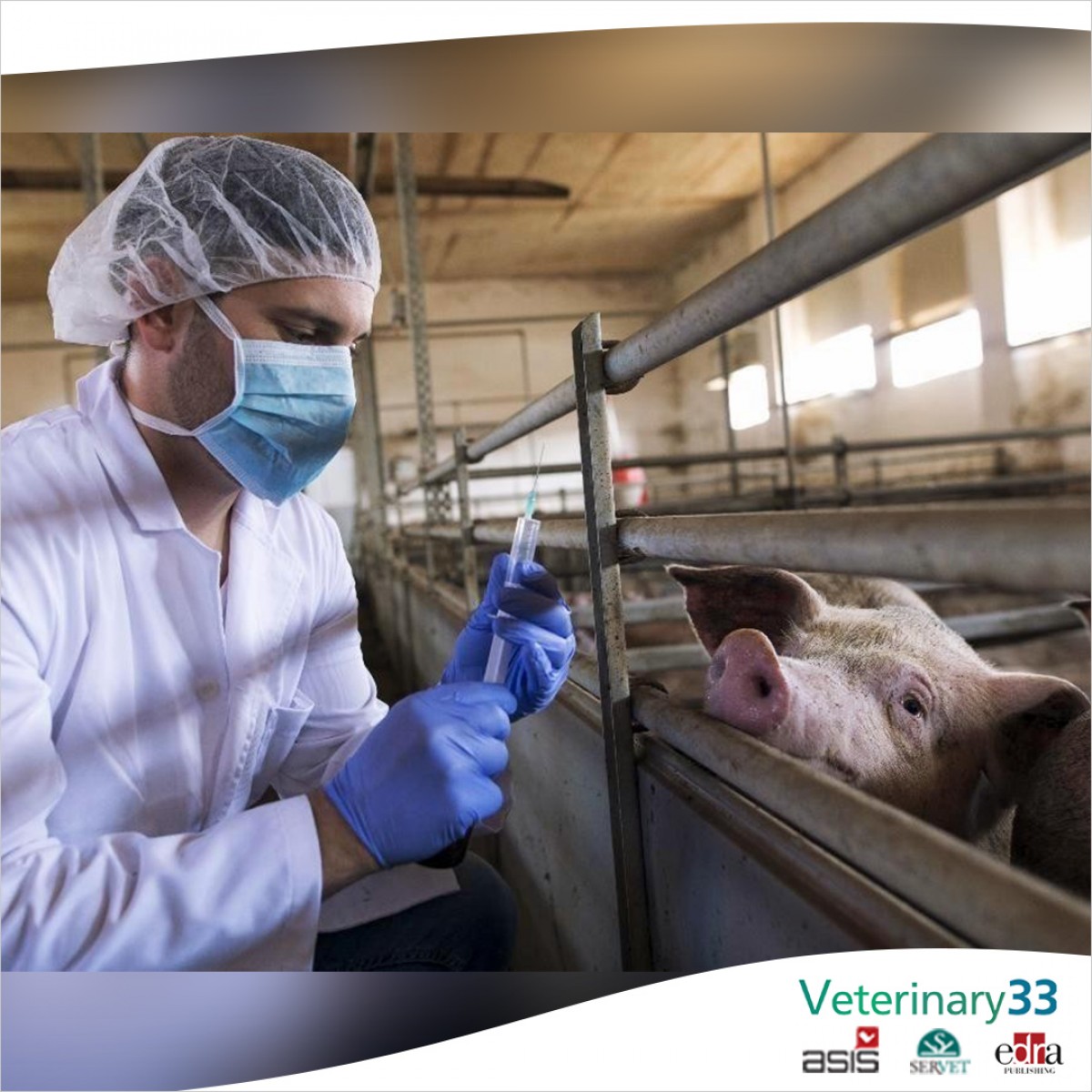
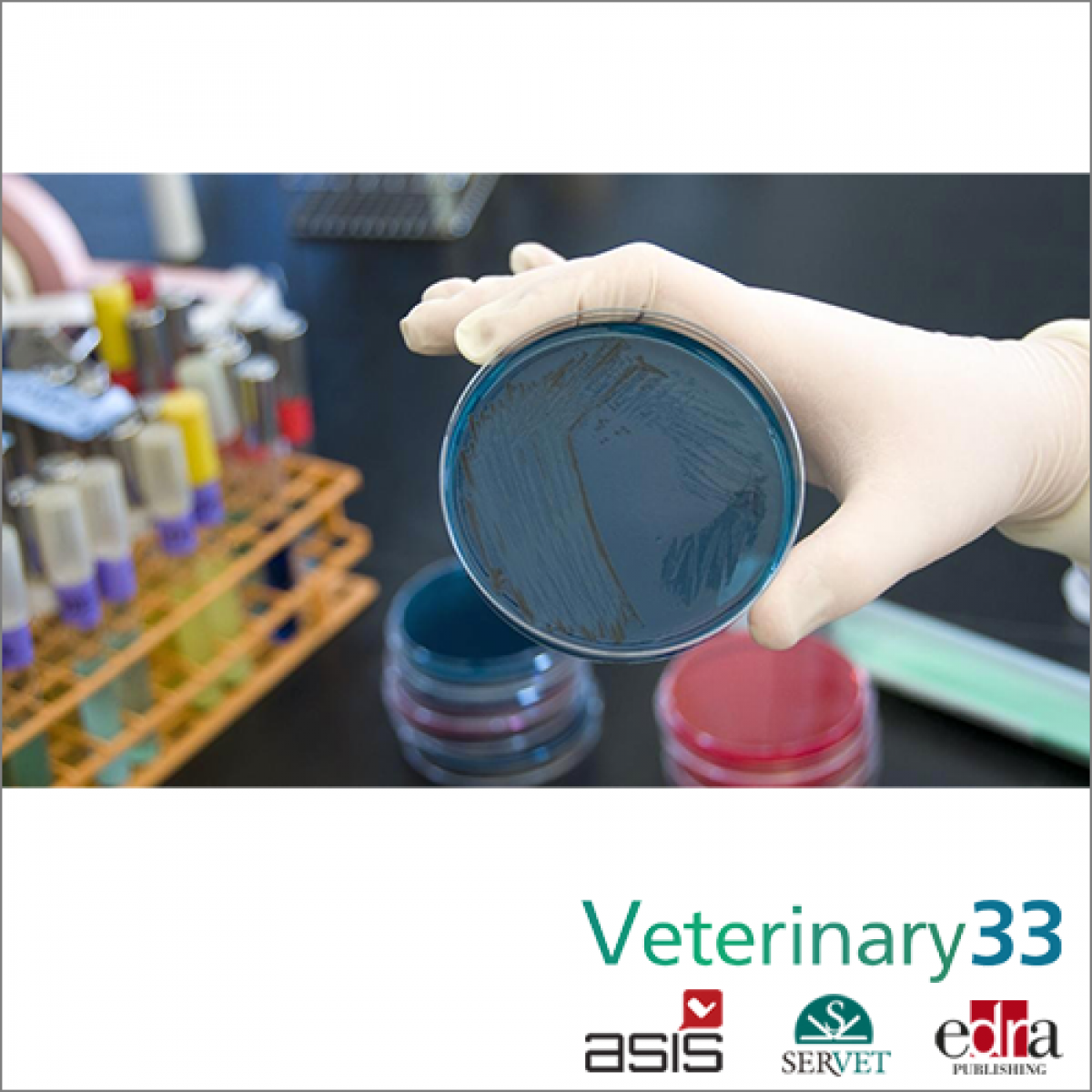
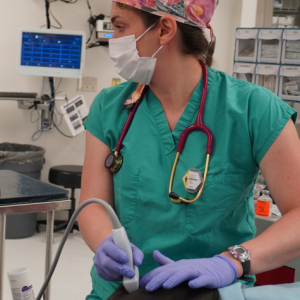
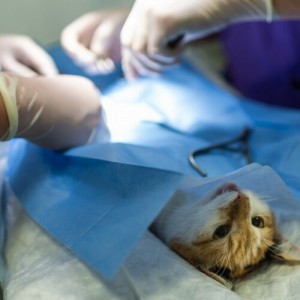
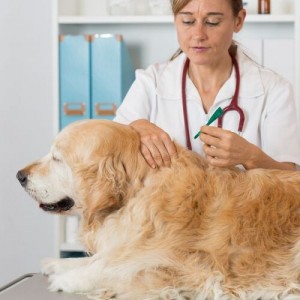
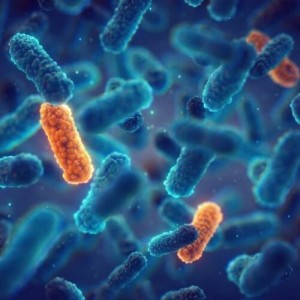

List
Add
Please enter a comment